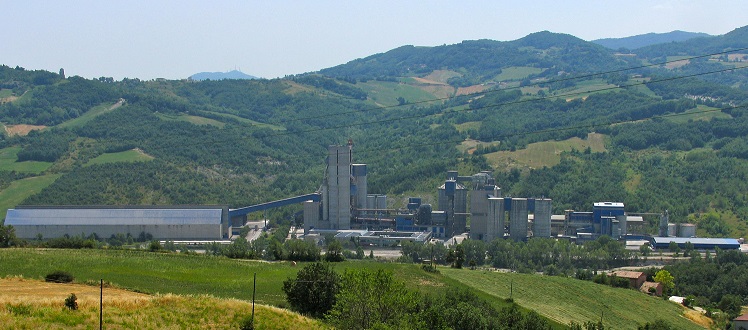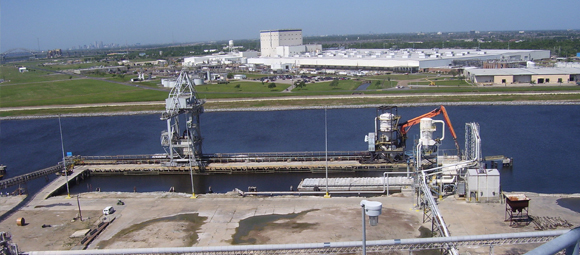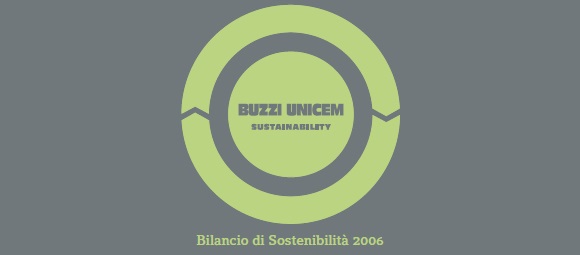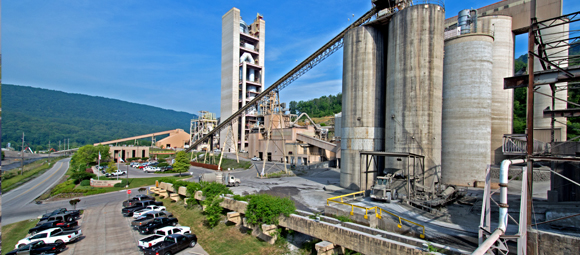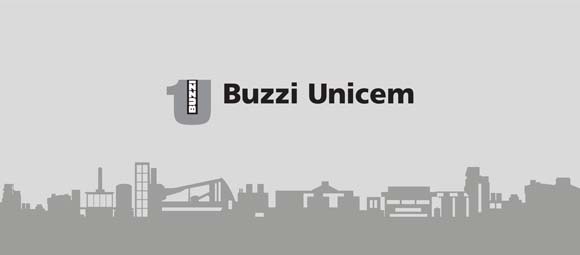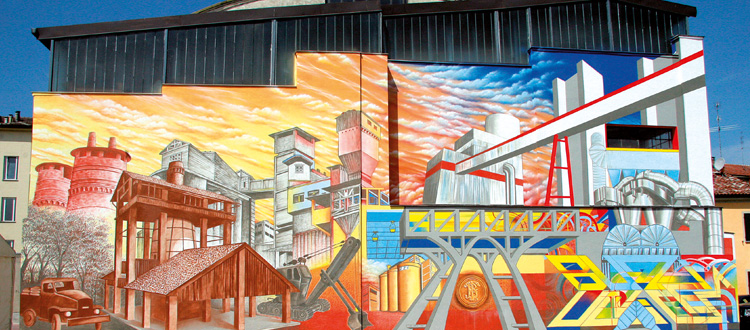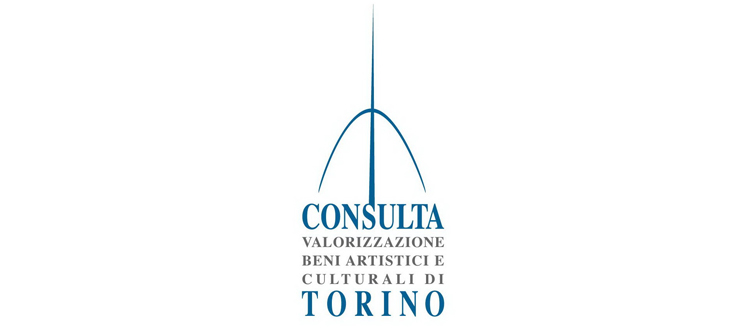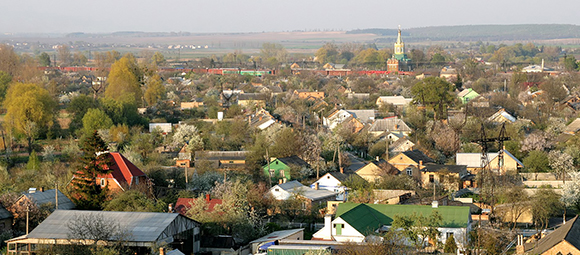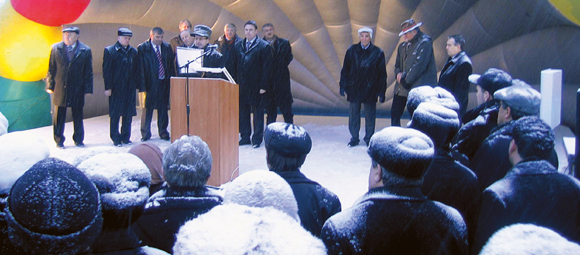
Basal: a new presence in the Netherlands
At the beginning of 2007, a significant part of the operating activities previously developed by the associate NCD (Nederlands Cement Deelnemingsmaatschaapij) was contributed to the new 100% subsidiary Basal, headquartered in Nieuwegein, near Utrecht, in the Netherlands.
Basal represents a direct access to the Dutch market, where the gross domestic product and construction industry investments are expected to grow by 3% and 1.5% respectively in 2008.
Basal is a leader of the Country in the ready-mix concrete business and has a strong vertical integration in the aggregates sector, too.
The Betonmortel division (ready-mix concrete) operates 17 modern and efficient batching plants, with an extended presence in three regions of the Country, namely the north, west and central areas.
The Toeslagstoffen division (natural aggregates) produces, sells and delivers different types of sand and gravel for both the company’s own needs and for third parties. The digging of these raw materials takes place at the pits of Zwolle and Markelo.


